https://openlab.citytech.cuny.edu/schmerlerspevackfylcfa16/2017/01/21/urban-artifacts-phase-1-16/
https://openlab.citytech.cuny.edu/schmerlerspevackfylcfa16/2017/01/21/urban-artifacts-phase-2-19/
https://openlab.citytech.cuny.edu/schmerlerspevackfylcfa16/2017/01/21/urban-artifacts-phase-3-15/
Starting with the basic terms we used during this project, I learned ambiguous and obvious figure grounds and I learned how to distinguish between organic and geometric shapes. In ambiguous compositions it is impossible to set a background and foreground while for the obvious compositions, the work is stable enough for us to distinguish the back ground and foreground. The organic shapes are more rounded and has “flowing contours” while geometric shapes are more precise in measurements and its easy to see shapes. We viewed some stunning pieces of work to help us practice distinguishing figure ground relationships. For using the inking pen for the first time, I am moderately proud of what I’ve created. I wish I was able to fill in certain edges/ shapes in a more precise manner. I also learned it’s best to coat the inking layers at least 2 times so the work looks a little more filled in and more professional. In my next project i will make sure to sketch with the pencil a little more precisely before inking.
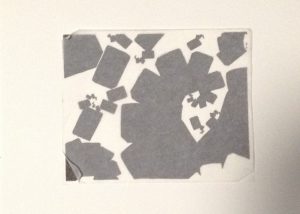

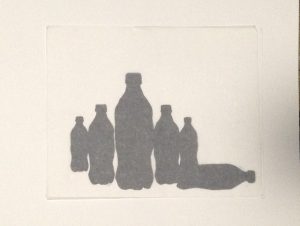
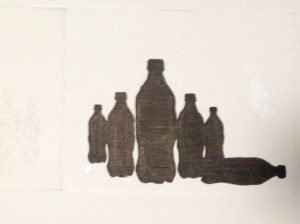
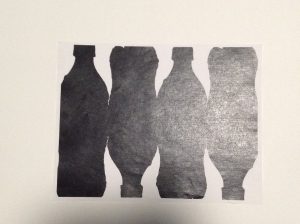
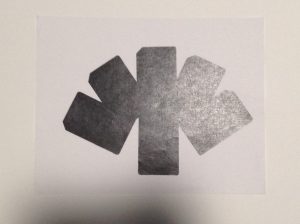
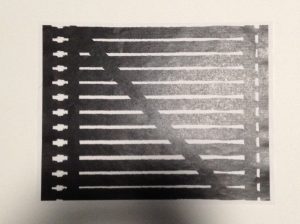
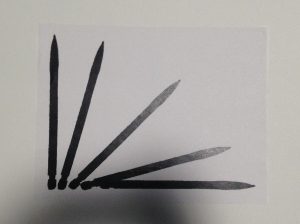
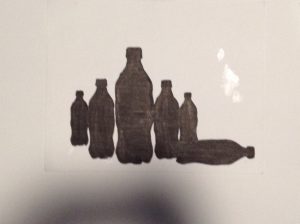
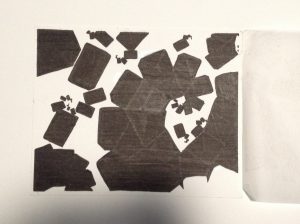
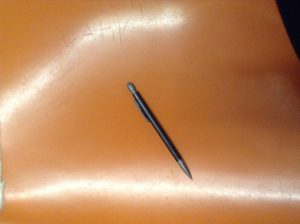
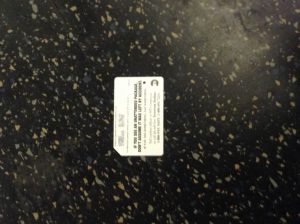
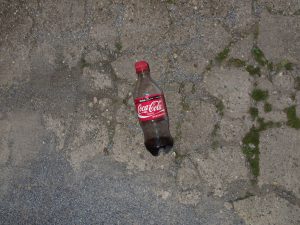
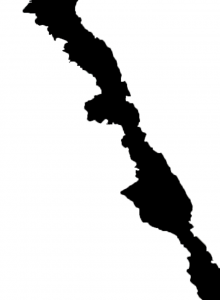
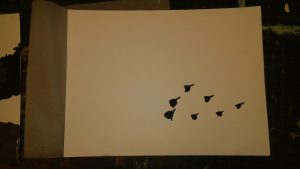
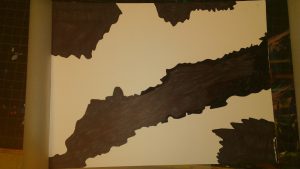
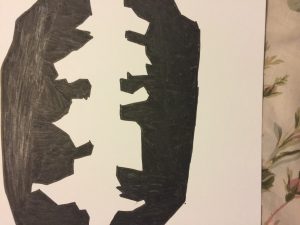
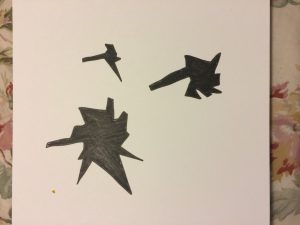
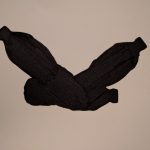
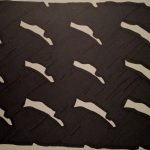



Recent Comments